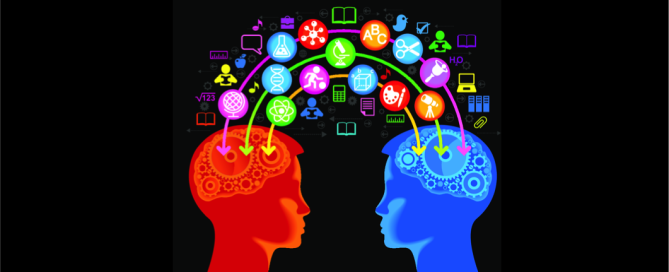All organisations are constantly under pressure from various change drivers, but many industries are currently going through massive and disruptive changes. When organisations face such pressures, the response is often to initiate bold but complicated organization-wide transformations. ‘Architecture thinking’ can help plan and manage change, especially in such large-scale efforts. Enterprise Architecture can take a capability-based approach to change that aims to understand which capabilities are strategically significant in order to inform decision making.
Capability Based Planning… and Grass
Is it possible to explore aspects of capability-based planning using out of control grass? As it happens, I’d like to establish a small but effective farm – but what’s that got to do with the price of tea in China you may well ask.
Speaking the Language of Business with TOGAF®
I remember as a young child coming from a ‘non-sports obsessed’ family, I didn’t know what a yorker was, didn’t know what ‘LBW’ meant, or why Dennis Lillee or Geoffrey Boycott were such legends. I was ill equipped to join in on those all-important schoolboy conversations – the Monday morning autopsy of the weekend’s sporting events. Similarly, 30 years later, enterprise architecture presented me with the same dilemma.
Architecture can be Agile
As disruptive innovation continues to reshape industries many business leaders are forced to generate new business models to create new or complementary offerings. Market competition puts immense pressure on businesses, often requiring them to act more like a start-up. Businesses need to balance quick decision making, partnerships and process adoption with the appropriate level of business governance to meet the corresponding growth phase. Departmental areas like legal, finance, and procurement must also respond and react in a timely fashion.
Getting Started with a Capability Model
One of my art teachers regularly commented that making the first brush mark on an empty canvas should not be rushed and that it requires consideration as it will form the foundational reference for any subsequent brush marks. Analogous to this is where to place the first process symbol on the empty ‘process canvas’. Some start with all the stakeholders in a room and after a number of iterations (and some heated arguments), believe they have found the common ground and proceed from there with the process development effort. After a lot of effort and stakeholder time spent on its development it is found that these processes are incomplete, do not fully address the particular business area and cross multiple capability boundaries.
Creativity is the Next Competitive Advantage
Do you value creativity in your organisation? In his book A Whole New Mind: Why Right-brainers will Rule the Future, Daniel Pink says we have entered the ‘Conceptual Age’ of creators and empathizers, where creativity will become the competitive difference. He outlines six essential elements: Design, Story, Symphony, Empathy, Play and Meaning.
A short-time ago I spent 3 days with a swarm of highly creative business people in Amsterdam at a Business Models Inc event
What’s Under the Hood of Digital Capability?
It’s everywhere, people swiping and tapping on smartphones doing all number of wondrous things, from paying bills in real-time, ordering cut-price designer clothes, to working out the most cost effective way to arrive in Zanzibar via Rio. This is where the myth begins, where your average punter believes they cannot live without their smartphone and all its wonders. The reality, however, is that the phone is just a digital portal. It’s a small cog in a digital machine where the big cogs in the background are actually responsible for all the smarts.
Architects are Made, Not Born
As a talent management consultant for an architecture consulting firm I am often asked what I look for in an up and coming architect and my first answer is usually: at least a few years’ experience in the discipline as well as formal training. However, after an 18 year career in talent management and psychometric interpretation, with 8 of those in architecture, it has become glaringly obvious to me (call it intuition or experience) that there are a few fundamental skills that have been evident in those I have noticed early on in their careers and which I now hold up as a comparison when interviewing junior architects.
Architecture for the Masses: A New Approach
It might seem counter-intuitive to see established institutions like MIT, Harvard and Stanford jumping on board the MOOC bandwagon – in case you’ve just crawled from under a rock that’s Massive Open Online Courses; the wave of technology innovation sweeping across the Higher Education and Training sectors. After all – these education mega-brands have long been regarded as bastions of exclusivity, patronised by the world’s best, brightest and most privileged. Why would they decide to give away their courses for free?
Well – they’re not the only ones getting on board…










